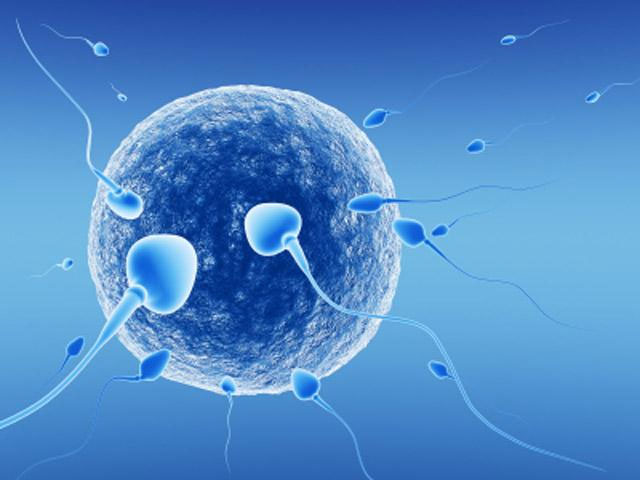Artificial wombs help discover embryonic development secrets
The pioneering work of British experts has helped reveal for the first time an important process in the development of mammal embryos at an early stage.
>>>Implantation for infertile women
In a report published in Nature Communications , a team led by tissue engineering professor Kevin Shakesheff created a new device shaped like a cup of soft polymer, mimicking soft tissue. uterine mammal uterus where embryos attach.
This new lab method has allowed scientists to observe aspects of embryonic development that have never been seen in this way before.
For the first time, scientists can feed embryos outside the mother's body using a mouse model for long enough to observe real-time development processes in an extremely important period between Wednesday and the eighth day.

Mr. Shakesheff said: 'By using our unique materials and techniques, we can provide an unprecedented view of the incredible behavior of cells at the stage of embryonic development. This weight. We hope this work will "unlock" secrets to improve medical treatments that require tissue regeneration, and open up opportunities to enhance in vitro fertilization efficiency. In the future, we hope to create more technologies that allow biologists to understand how our tissues form. '
In the past, it was only possible to grow a fertilized egg for 4 days when it grew from a single cell into an embryo, ie, one covering 64 cells including stem cells that would help Body formation, along with extra-embryonic cells plays an important role in placental formation and control the development of stem cells when embryos develop.
But the scientists' understanding of events takes place at the cellular level after four days, when it is possible to survive the maternal embryo that must cling to the mother's uterus, so far limited. Researchers have to rely on images of embryos taken from the uterus to live at different stages of development.
Now thanks to the newly created environment of Nottingham University experts, scientists at Cambridge University can observe and record new aspects of embryo development after 4 days.
Most importantly, they can observe the process directly as the first step in the formation of the head, including pioneering cells that travel a long distance (for one cell) in the embryo. They have seen beams of embryonic cells that signal where the embryo is formed.
To track these cells in mouse embryos, the team used a gene that is only expressed in this 'head' signaling area, which is marked with a glowing protein .
By doing so they can detect these cells from one or two cells at the blastocyst stage. The last daughter cells cluster into a specific area of the previous embryo that moves to the position where they signal early growth. The leading cells of this 'migration' seem to play an important role in commanding the remaining cells and acting as pioneers.
The new breakthrough is part of a research effort at Nottingham University to understand how embryo development can teach us how to correct adult bodies.
Professor Shakesheff added: 'People reading this article develop themselves from a single cell. With embryonic weeks, all important tissues and organs are formed and begin to function. If we can exploit this amazing ability of the human body, then we can design new ways to cure diseases that are currently irreplaceable. For example, diseases and heart defects can be overcome if we can reproduce the process of heart tissue forming and connecting to the blood and nervous system. '
- Successful creation of the world's first artificial embryo
- Development of artificial heart from cow heart tissue
- Human embryonic stem cell research reveals the earliest phase of human development mystery
- Two twins from two wombs are different
- Speed up the process of developing artificial insemination
- Detecting a new characteristic of embryonic stem cells
- The mother is twins from two wombs
- Artificial intelligence: Development history and future potential
- 1 mother gave birth to 3 children from 2 wombs
- Shocking forecasts about future births
- India announced the successful development of artificial blood
- Scientists for the first time can turn blood cells into egg cells in humans
 Green tea cleans teeth better than mouthwash?
Green tea cleans teeth better than mouthwash? Death kiss: This is why you should not let anyone kiss your baby's lips
Death kiss: This is why you should not let anyone kiss your baby's lips What is salmonellosis?
What is salmonellosis? Caution should be exercised when using aloe vera through eating and drinking
Caution should be exercised when using aloe vera through eating and drinking